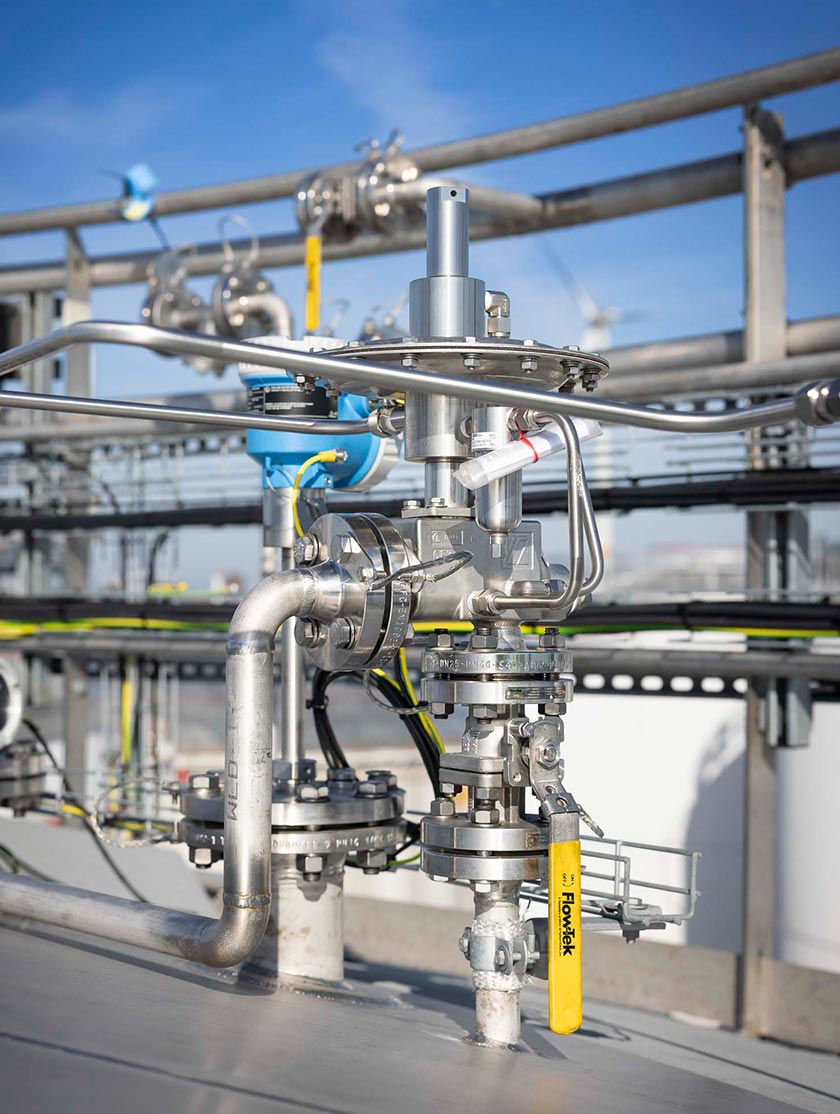How Pressure Reducing Regulators Impact Flow Rate in Systems
How Do Pressure Reducing Regulators Affect the Flow Rate in a System?
Pressure reducing regulators (also referred to as pressure regulators) play a vital role in liquid and gas systems by regulating the outlet pressure to a predetermined, lower setpoint, regardless of inlet pressure fluctuations. Understanding the effect of these devices on flow is essential for designing efficient and safe systems in various industries such as heating, ventilation, and air conditioning, water treatment, gas distribution, and chemical processing.
What is a Pressure Reducing Regulator?
A pressure reducing regulator is a mechanical device that automatically reduces and stabilizes the pressure of a liquid or gas from a higher inlet pressure to a lower outlet pressure. It ensures that the outlet pressure remains constant and within safe or optimal limits, protects downstream equipment, and ensures proper system operation.
The Relationship Between Pressure and Flow
To fully understand the effect of pressure reducing regulators on flow rate, it is important to understand the basic relationship between pressure and flow. In fluid dynamics, the flow rate (Q) depends on the pressure drop (ΔP) across the system component and the flow resistance (R):
| Variable | Description |
|---|---|
| Q | Volumetric flow rate |
| ΔP | Pressure drop across the system |
| R | Flow resistance within pipeline or device |
Flow rate equation:
Q = ΔP / R
Effect of a Pressure Reducing Regulator on Flow Rate
- Outlet Pressure Limiting: A pressure reducing regulator reduces the outlet pressure to a setpoint lower than the inlet pressure. This lowers the driving pressure available for flow downstream of the regulator. Since flow depends on pressure drop, reducing pressure after the regulator increases the pressure drop across downstream components, often causing a reduction in flow if resistance remains unchanged.
- Constant Pressure After the Pressure Drop: The regulator maintains a constant output pressure despite variations in input pressure or flow demand. This ensures downstream equipment receives flow at a predictable pressure, leading to more consistent flow rates. Without a regulator, input pressure fluctuations can cause undesirable flow variations.
- Capacity and Cv Ratio: Each pressure reducing regulator has a nominal flow coefficient (Cv) measuring its flow capacity. The orifice and internal mechanism restrict flow, causing additional pressure drop which can limit maximum attainable flow. Exceeding the regulator’s capacity may cause pressure instability or flow interruption downstream.
- Consider Plugged Flow and Cavitation: At high pressure drops, gas or liquid flow may reach sonic velocity (choked or plugged flow), limiting maximum flow regardless of further downstream pressure decreases. In liquids, excessive pressure drop can cause cavitation, damaging the regulator and reducing flow stability.
Case Study
Consider a water distribution system with an inlet pressure of 100 psi and a pressure reducing regulator set to maintain 50 psi downstream. If a valve or pipe downstream requires a certain flow, the regulator maintains the pressure at 50 psi regardless of upstream fluctuations.
- If flow demand increases, the regulator modulates its opening to maintain 50 psi downstream pressure.
- If flow demand decreases, the regulator partially closes to reduce flow and avoid pressure spikes.
- The pressure drop created by the regulator means the maximum achievable flow may be lower than in an unregulated system.
Summary
Pressure reducing regulators significantly influence flow by controlling downstream pressure in a system. They create a controlled pressure drop, ensuring constant and safe downstream pressure but introducing flow restrictions. Understanding pressure, flow, and resistance interactions helps engineers properly select and size regulators for optimal system performance and longevity.
Key Takeaways
- Pressure reducing regulators lower and stabilize the outlet pressure.
- Flow rate is a function of the pressure drop created by the regulator.
- Regulators restrict flow, limiting maximum flow capacity.
- Proper selection balances pressure control with desired flow rates.
By carefully controlling pressure with pressure reducing regulators, systems across industries achieve safer, more reliable, and efficient operation.
When performance specs matter, trust Cashco’s precision-engineered regulators to meet your exact requirements.
Compare all models here or use the Regulator Sizing Form to get recommendations based on your technical needs.





